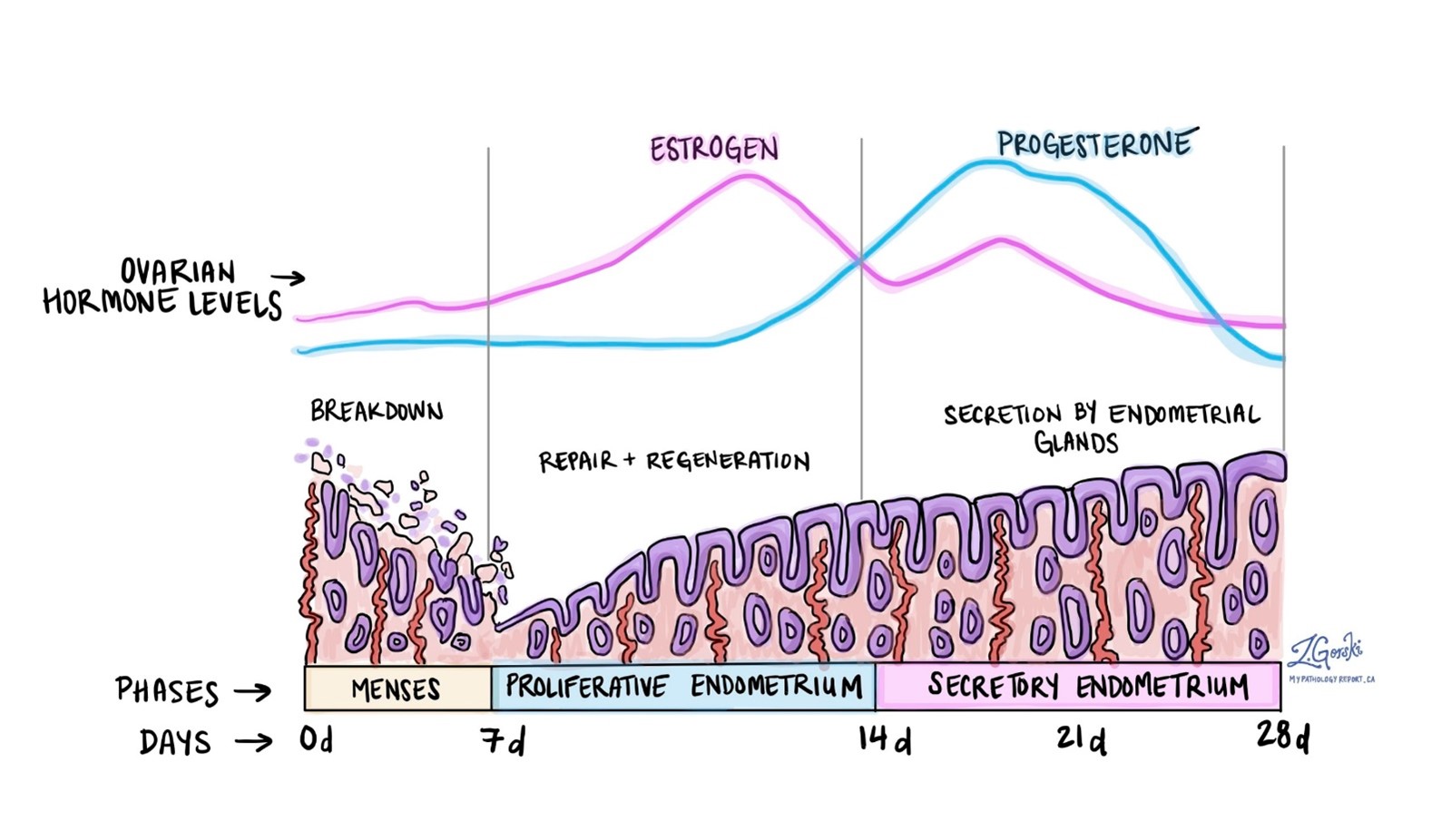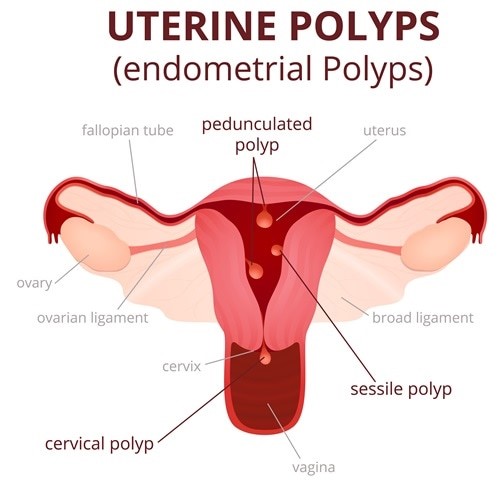A nurse is caring for a client who is one day postoperative following a left radical mastectomy. Which of the following behaviors should alert the nurse to the possibility that the client is having difficulty adjusting to the loss of her breast?
Refusing to look at the dressing or surgical incision
Asking questions about the information on her postoperative care pamphlet
Performing arm exercises once or twice a day
Asking for pain medication every 3 hours
The Correct Answer is A
Choice A: Refusing to look at the dressing or surgical incision is the correct answer because it is a behavior that may indicate difficulty adjusting to the loss of her breast. Refusing to look at the dressing or surgical incision may reflect denial, avoidance, or fear of facing the reality of the surgery and its consequences. It may also indicate low self-esteem, body image disturbance, or depression. The nurse should assess the client's emotional state and provide support and education.
Choice B: Asking questions about the information on her postoperative care pamphlet is not the correct answer because it is a behavior that may indicate a positive adjustment to the loss of her breast. Asking questions about the information on her postoperative care pamphlet may reflect acceptance, curiosity, or motivation to learn about her condition and treatment. It may also indicate high self-efficacy, coping skills, or optimism. The nurse should encourage the client's involvement and provide clear and accurate information.
Choice C: Performing arm exercises once or twice a day is not the correct answer because it is a behavior that may indicate a positive adjustment to the loss of her breast. Performing arm exercises once or twice a day may reflect compliance, responsibility, or self-care. It may also indicate physical recovery, functional ability, or quality of life. The nurse should reinforce the client's efforts and provide feedback and guidance.
Choice D: Asking for pain medication every 3 hours is not the correct answer because it is a behavior that may indicate a normal response to the loss of her breast. Asking for pain medication every 3 hours may reflect pain management, comfort, or relief. It may also indicate trust, communication, or satisfaction with care. The nurse should assess the client's pain level and provide adequate and timely pain relief.
Nursing Test Bank
Naxlex Comprehensive Predictor Exams
Related Questions
Correct Answer is D
Explanation
Choice A: Menstrual is not the correct answer because it is the phase when estrogen levels are lowest. The menstrual phase occurs when the endometrium (the lining of the uterus) is shed along with blood and mucus through the vagina.
Choice B: Ischemic is not the correct answer because it is the phase when estrogen levels are decreasing. The ischemic phase occurs when the blood supply to the endometrium is reduced due to vasoconstriction (narrowing of blood vessels). This phase prepares the endometrium for shedding if fertilization does not occur.
Choice C: Secretory is not the correct answer because it is the phase when progesterone levels are highest. The secretory phase occurs when the endometrium becomes thick and spongy due to increased secretion of mucus and glycogen (a form of sugar). This phase provides a suitable environment for implantation if fertilization occurs.
Choice D: Proliferative is the correct answer because it is the phase when estrogen levels are highest. The proliferative phase occurs when the endometrium regenerates and grows due to increased stimulation by estrogen. This phase prepares the endometrium for implantation if fertilization occurs.

Correct Answer is C
Explanation
Choice A: Bleeding between menses is not the correct answer because it is not a specific clinical manifestation of endometrial polyps. Bleeding between menses is a condition that causes spotting or bleeding at any time other than during the normal menstrual period. It can be caused by various factors such as hormonal imbalance, infection, or pregnancy. It can also occur in some women with endometrial polyps, but it is not a definitive sign of them.
Choice B: Bleeding after intercourse is not the correct answer because it is not a specific clinical manifestation of endometrial polyps. Bleeding after intercourse is a condition that causes bleeding from the vagina or cervix after sexual activity. It can be caused by various factors such as trauma, infection, or cancer. It can also occur in some women with endometrial polyps, but it is not a definitive sign of them.
Choice C: Metrorrhagia is the correct answer because it is a specific clinical manifestation of endometrial polyps. Metrorrhagia is a condition that causes irregular or excessive bleeding from the uterus that is unrelated to the menstrual cycle. It can be caused by various factors such as polyps, fibroids, or cancer. It is a common symptom of endometrial polyps, which are benign growths of the endometrium (the lining of the uterus) that can protrude into the uterine cavity and cause bleeding.
Choice D: Vaginal discharge is not the correct answer because it is not a specific clinical manifestation of endometrial polyps. Vaginal discharge is a fluid that comes out of the vagina and varies in color, consistency, and odor depending on the phase of the menstrual cycle, sexual activity, or health status. It can be caused by various factors such as normal secretions, infection, or inflammation. It is not a common symptom of endometrial polyps, which do not usually affect the vaginal flora or pH.

Whether you are a student looking to ace your exams or a practicing nurse seeking to enhance your expertise , our nursing education contents will empower you with the confidence and competence to make a difference in the lives of patients and become a respected leader in the healthcare field.
Visit Naxlex, invest in your future and unlock endless possibilities with our unparalleled nursing education contents today
Report Wrong Answer on the Current Question
Do you disagree with the answer? If yes, what is your expected answer? Explain.
Kindly be descriptive with the issue you are facing.
